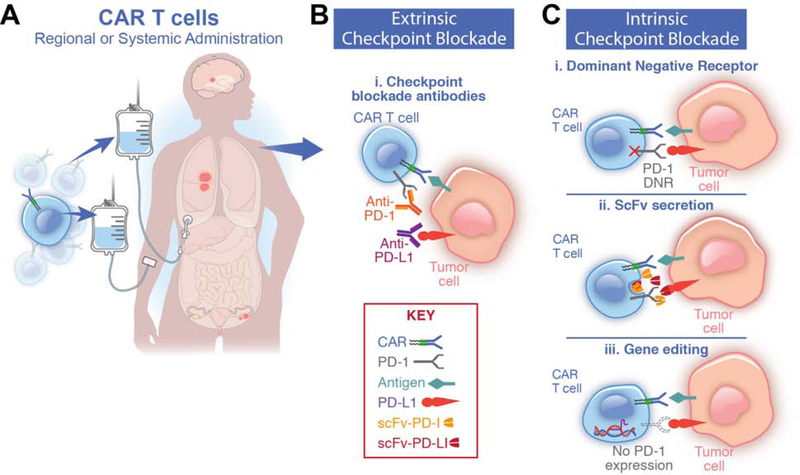Figure 2. Strategies to combine CAR T cells and checkpoint blockade.
(A) Chimeric antigen receptor (CAR) T cells are delivered either systemically via intravenous infusion or by regional administration, which enhances primary tumor elimination. Both methods establish systemic immunosurveillance. Combination therapy with programmed death-ligand 1 checkpoint blockade (PD-1 CPB) is provided using either cell-extrinsic or cell-intrinsic strategies.
(B) Extrinsic CPB relies on programmed cell death protein 1 (PD-1) receptor/ligand blocking antibodies. A potential advantage of cell-extrinsic CPB is additional enhancement of endogenous antitumor T-cell immunity.
(C) Cell-intrinsic PD-1 CPB uses genetic engineering to express nucleic acids or proteins that interfere with PD-1/PD-L1 signaling. A possible advantage to cell-intrinsic CPB is efficacy with a single administration lasting the lifetime of the T cell. (i) PD-1 dominant negative receptor (DNR) is constructed lacking the intracellular signaling domain. It acts as a decoy receptor that competes with the native PD-1 receptor, thereby decreasing inhibitory signaling via the native wild-type receptor. (ii) CAR T cells can be employed to produce PD-1/PD-L1 blocking single chain variable fragments (scFvs), providing regional antibody blockade of PD-1 receptor/ligand binding. (iii) Gene-editing techniques such as CRISPR/Cas9 or TALEN eliminate PD-1 expression by editing the PDCD1 gene locus.

